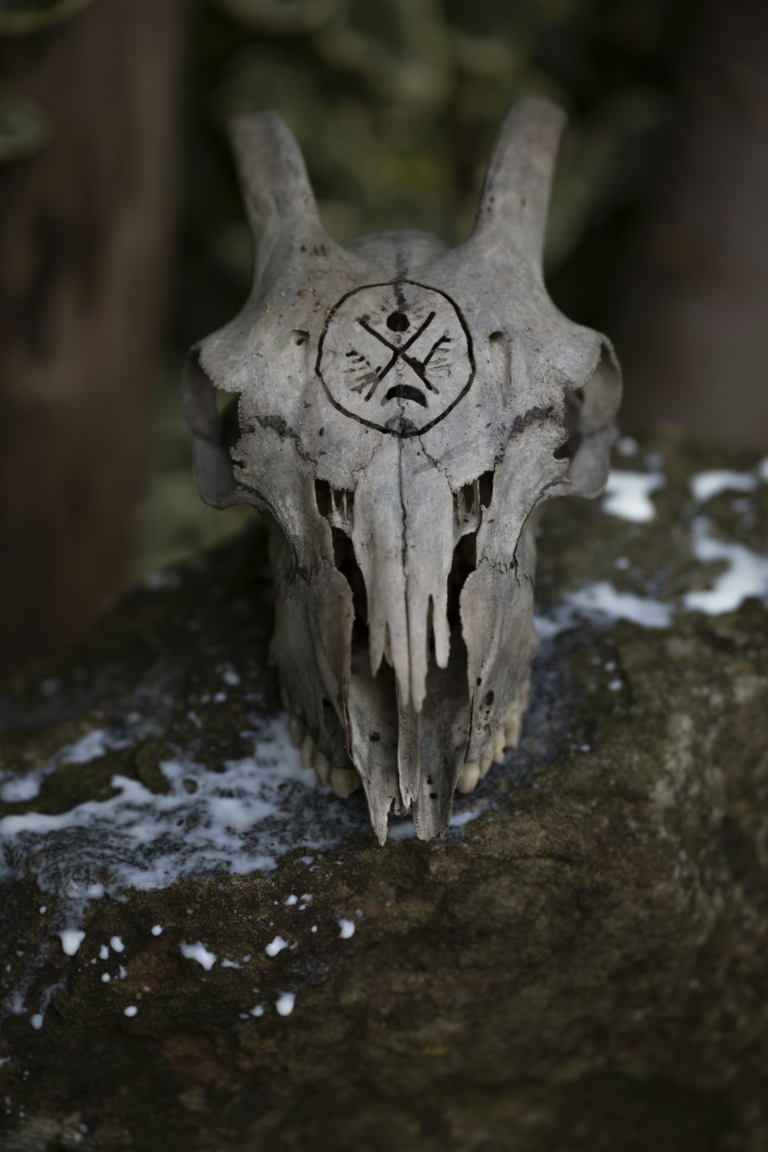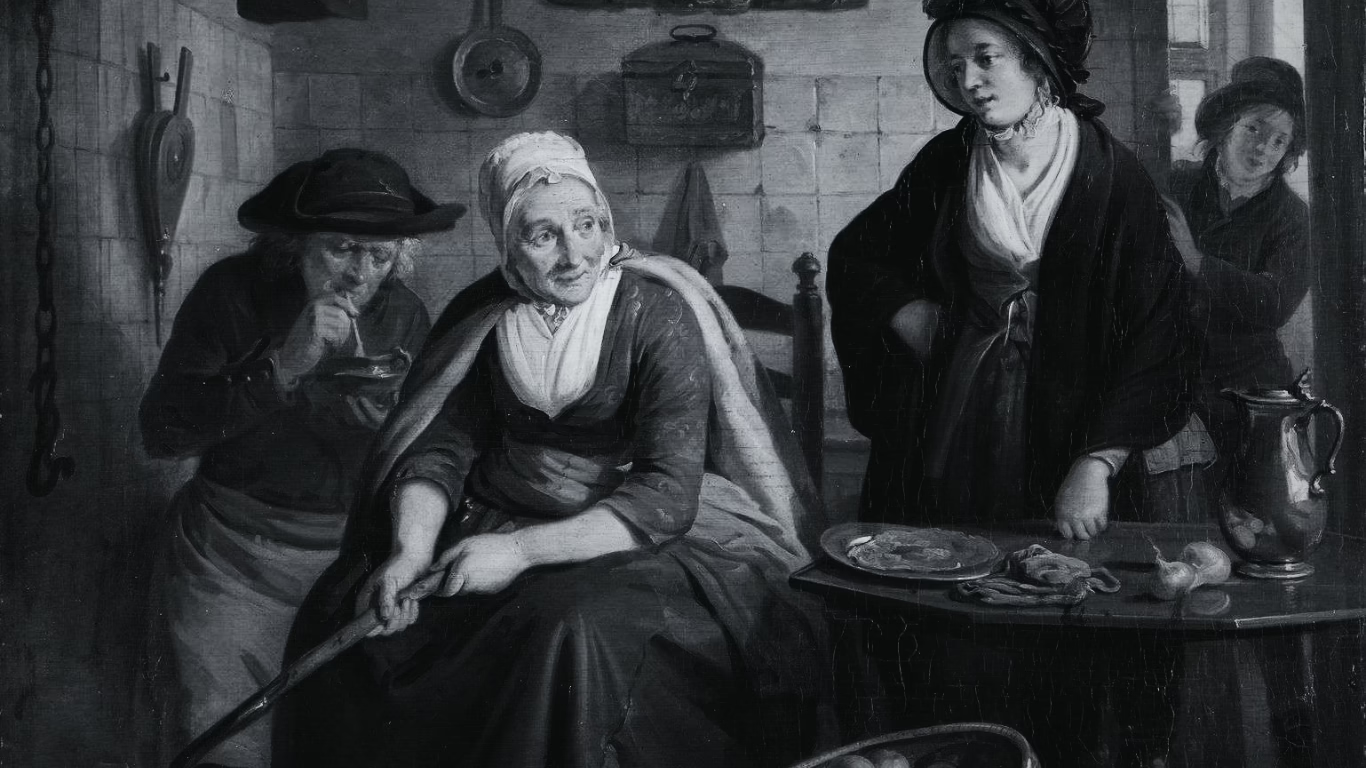
Newsletter Subscribe
Enter your email address below and subscribe to our newsletter

Enter your email address below and subscribe to our newsletter


Exploring Scottish Folk Practices and Traditions

Fastern’s E’en or Fasterns Een is a festival in Scotland, held on the Tuesday before Lent, otherwise known as Shrove Tuesday. Fastern E’en comes from Scots.
Fastern’s E’en is also known as fastern-, fastren(‘s)-, fasten(‘s)-; fasting’s- (Sc. 1750 W. McFarlane Geneal. Coll. (S.H.S.) II. 138), festern(‘s)- (ne.Sc. 1952), festerns-even (Kcd. 1700 Black Bk. Kcd. (ed. Anderson 1843) 119), festereven (Abd. 1829 A. Cruickshank Poems 34), fosterneen (Cai.7 1950).
The form fasten alone is found (Sh. 1866 Edm. Gl.) and the variant comb. fastern’s night (Sc. 1805 Scott Last Minstrel (1821) IV. vi.). In English Fastern’s E’en is known as Shrove Tuesday; the day or evening before Lent and representing the day before you would shrive (that is atone) for your sins leading to shrove. However in Scotland various alternative names are used in different districts, for example Bannock Nicht, Beef Brose and Shriften E’en.
“First comes Candlemas, and then the new moon, The next Tuesday after is Fasten’s e’en.”
ne.Sc. 1847 R. Chambers Pop. Rhymes 143:
Fastern’s E’en, as celebrated in medieval Scotland, held a unique place in our annual festivities, but lacking the prominence of more significant occasions like Corpus Christi or May Day (Bealtainn). Although the monarchy engaged in dining and jousting, Fastern’s E’en was not as widely observed by the working classes until later.
Fragmented evidence sheds light on the nature of the medieval Scottish festival. John Barbour, in his account of the taking of Roxburgh Castle in 1314, described the festivities involving dancing, singing, and other forms of merriment on Fastern’s E’en:
“…dansying, Synging, and other wayis playing, As apon fastryn evynis. The custom, to mak ioy and blis”
(Barbour 1894: 255).
References to activities like a ‘tulye’ at Peebles in 1467 and the ‘fluring [decorating with flowers]’ of the tulbuth at Lanark in 1490 hint at diverse events, possibly including football matches and decorative practices or other forms of competitive games. It was once common in north-west Europe to hold contests on Shrove Tuesday– at various times and places tournaments, football matches, cock fights and bull running. At the court of James IV tournaments were held for which payment was made for the ‘dighting’ [cleaning] of swords in 1505.
https://www.tobarandualchais.co.uk/track/101970?l=gd to hear a wee bit about this custom recorded in our oral history.
Scotland’s annual festival landscape underwent a significant transformation in the mid-sixteenth century due to the Protestant Reformation, leading to the suppression of Catholic-associated elements like the Christmas cycle, Easter cycle, and saints’ days. Despite this upheaval, Fastern’s E’en managed to survive as a religious holiday in Scotland, albeit with its religious connotations stripped away.
The pleasures of Fastern’s E’en were secular and mark a liminal space, drawing from Carnival traditions and represented, at one point, other topsy turvy times where natural order was flipped, typical of other end of winter celebrations across Europe and similar to our New Years eve and Hogmanay celebrations. Fastern een included activities like cock fighting, local football matches, and even unconventional events like a football match between married and unmarried fishwives in Musselburgh.
https://www.tobarandualchais.co.uk/track/87874?l=en has more information on this as recorded in our oral traditions
Some places hold games of football or handball, for example where I live in Jedburgh they hold the Callant’s Baw game between the “uppies” and the “dounies”. You might recognise a similar game played in Orkney tradition at new year. It’s a similar tradition and I think similar to a game played in Alnwick. Folks take it very seriously as a town competition and you’re likely to get hurt even standing too close and best ask to be involved and not just assume you can turn up and play. They have to board up all the windows in case they smash from the odd ball or falling body. They also say the game originated from playing football with an Englishman’s head in Jedburgh (in Alnwick it’s a Scotman’s head). It’s essentially about who has the luck and similar to our marriage ball traditions in the Scottish Marches. A kind of blessing or sanctifying those present.
More about the Ball the tradition here https://www.tobarandualchais.co.uk/track/85985?l=en
By the nineteenth century, Fastern’s E’en had evolved into a distinct festival, marked by isolationist tendencies and a diminished resemblance to its carnival origins. The celebration, once lively, became a more subdued affair.
Contrary to the drinking-heavy nature of most Scottish holidays, Fastern’s E’en featured a slightly richer diet. Brose Day and Bannock Night were indicative of the foods consumed during the festival, with variations like the carcake and skairscone. Some regions added wedding-related symbols to the bannock, incorporating divination rituals to determine marital and trade destinies. The symbols put into the bannocks would have been trade symbols and are explained more below.
The Scottish version of Fastern een, Fastern’s e’en, or Lenten bannocks were crafted from a mixture of oatmeal or flour, eggs, milk or beef stock, and skilfully cooked on a griddle. This culinary tradition is accompanied by the serving of milk-brose or gruel, giving rise to the alternative names Brose Day (or Brosie) and Milk-Gruel Night. In some areas of Scotland the preference was for Skair Scones or other bannock type recipes.
A Skair scone is defined from the word Skair. Skair, n.3 Also scare. In comb. Skair-scone and in reduced or dim. forms skarie, scardie, scaruck. A kind of scone made chiefly of oatmeal with an admixture of flour (Dmf. 1889 Trans. Dmf. and Gall. Antiq. Soc. 152, Kcd.1 1925; Dmf. 1958). and is demonstrated in the following route:
“It is the usual custom on that evening [fastern een] to make skair-scones, which are composed of milk, meal, (or flour), and eggs beaten up and sweetened with sugar, mixed to a thin consistence.”
Abd., Kcd. 1825 Jam.:
In The Scots Kitchen (1929), F. Marian McNeil, one of the top authorities on traditional Scottish food, gives two recipes for pancakes traditionally eaten on Shrove Tuesday the one recipe of note is one similar to crumpets though they are very different to their English counterparts. The Scottish version is thinner, and can be rolled up, and eaten with jam and butter.
It is these crumpets I provide the recipe for below and which F.Marian McNeil believes John Jamieson ( see below quote) was describing in his Dictionary of the Scottish Language (first published in 1808) when he talked about car-cakes, care-cakes or Skair Scones:
In the south ofScotland, the Carcake, or Ker-caik , is made of blood and oatmeal, and prepared in a frying pan. Hence called a Blude Kercake.’ Jamieson adds, ‘While Care- cake Is the word used in Angus , Skair-scon is the denomination in Mearns and Aberdeenshire.’ The latter name is defined as ‘a kind of thin cake, made of milk, meal or flour, eggs beaten up, and sugar, baked and eaten on Fasten’s e’en.
’It is worth mentioning that Maundy-Thursday, the day before Good Friday was formerly known in Scotland as Skyir-Thursday, with various spellings, and in England as Skere or Skier-Thursday. Skeir is usually defined as signifying holy or pure. The word appears in an altered form as Scarce-Thursday, applied to a fair at one time held at Melrose on the Thursday before Easter.”
Hallen, 1886 – Scottish Antiquaries Vol. x

Ingredients:
Directions:
Make the batter some hours before it is required. Beat separately the yolks and whites of four eggs, put into a basin and add half a pint of milk and the three tablespoons of sugar. Mix well, and gradually add flour till you have a thickish batter. Beat till quite smooth and set aside.
Put a griddle or frying pan on a bright clear fire and rub with suet. To have light, pretty crumpets the fire must be brisk and the girdle hot, so that they will rise quickly . Drop with a spoon as many as the girdle will hold , and before they have time to form a skin and get dry on the top they should be ready to turn. Do this quickly and a lovely golden brown skin as smooth as velvet will be formed and a delightfully light crumpet produced
On Bannock Night, some age-old practices involve a ceremonial pouring of batter onto the griddle, with one person pouring, another expertly flipping the pancake, and a third attending to its removal, distributing the delectable outcome to the gathered company. This as always would happen in silence.
As the bowl of batter nears depletion, a small amount of soot is introduced to create the grand sooty bannock, also known as the dreaming bannock. This expansive creation spans the entire griddle, providing an opportunity for symbolic charms to be added. A button signifies a bachelor, a ring denotes a married individual, a thimble represents an old maid, a farthing designates a widow, a scrap of material corresponds to a tailor, and a straw signifies a farmer. After the bannock is expertly flipped and thoroughly cooked, it is cut into pieces and placed in the baker’s apron, inviting each participant to draw a portion with the promise of discovering their fortune.
As the evening draws to a close, a segment of the sooty bannock is tucked into a sock and positioned beneath pillows, where dreamers hope to envision glimpses of their future partners in their dreams. Others would add a lot of salt to this final pancake and people should sleep after eating it in silence and not drink any water. Tts thought this combination of salt and dehydration – making for an uneasy might sleep – would allow folks to dream of a future spouse. You find a similar transition in the dreaming bread tradition of Scottish folk magic from weddings for example and similar exercises in divination when someone had died.